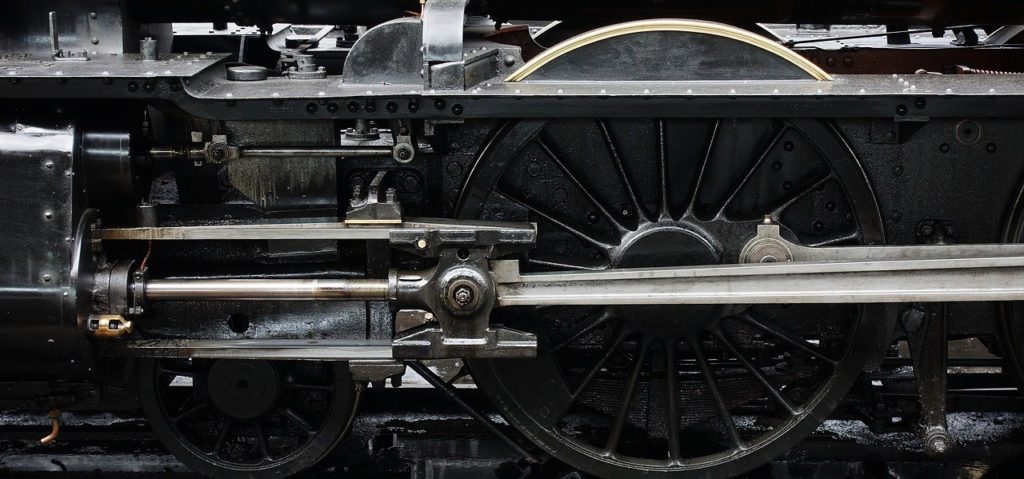
Mechanical Engineering Design: The Role of DFM and DFA
Mechanical Engineering Design is a process of devising and designing the components and systems of mechanical machines, products, structure, and devices. In mechanical engineering, there are many fields. One of these fields in mechanical engineering is design, which we are discussing right now.
Technology has increased the need to develop new mechanical engineering design. As technology has improved the transportation of goods, it has become easier to access products worldwide. Also, in the developing world market, manufacturing companies are now offering products at lower prices. As a result of this, competition between businesses is becoming intense. This has also enhanced the demand for creating a new mechanical design, in an attempt to take care of marketing and achieve growth. For this purpose, many manufacturers are coming up with new products continually. If they are not quick enough to produce high quality and latest products, they would be left behind. You might be thinking about how the manufacturers are achieving this target. Well! The answer is well planned and adequately implemented design for Manufacturing and Assembly (DFM/DFA) processes. These designs allow companies to create up to the mark, high-quality products at lower prices, and in less time with the help of the experts.
Role of DFM and DFA:
What is Design for Manufacturing (DFM) and Design for Assembly (DFA)? These are two methods in Mechanical engineering design. These two designs help companies to manufacture and assemble a product design at minimum labor cost. And as a result, a company can do wonders within a product design such as detect, quantify, prevent, and eliminate waste. It also reduces manufacturing inefficiency. So, you need to make a wise decision as to what you want to opt for.
Even though both the DFA and DFM techniques are similar, but they have the features that differ them from each other. For example, DFM design for manufacturing works on production cost, overall, by eliminating unnecessary or extra features and by reducing the complexities that are encountered during the manufacturing process. Whereas, DFA design for assembly focuses on reducing the time of the assembly process as well as reducing the cost. DFA minimizes the number of assembly processes and makes complex individual parts during design.
The combination of DFM and DFA involves designing a product first. After that, the product’s design goes to the manufacturing engineer to determine other processes such as manufacturing and assembly. But now, these two fields work together as DFM/A as a team. Since DFM and DFA have been defined separately for years, many engineers automatically separate the two. But to gain the most significant benefits, developing the design, manufacturing, and assembling the product, all are done simultaneously.
To get benefit from these two processes, and to reduce the completion time and cost-effectively, you can contact a go-to-company to get your services done. Most companies have a team of experienced and credible mechanical engineers that can set the standards in management and manufacturing design.

